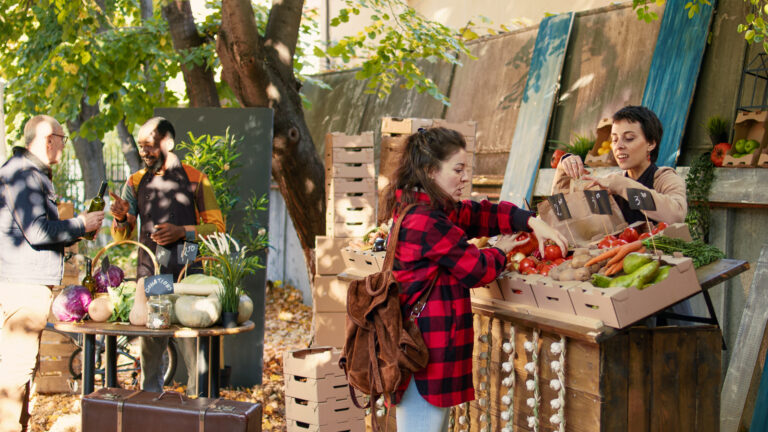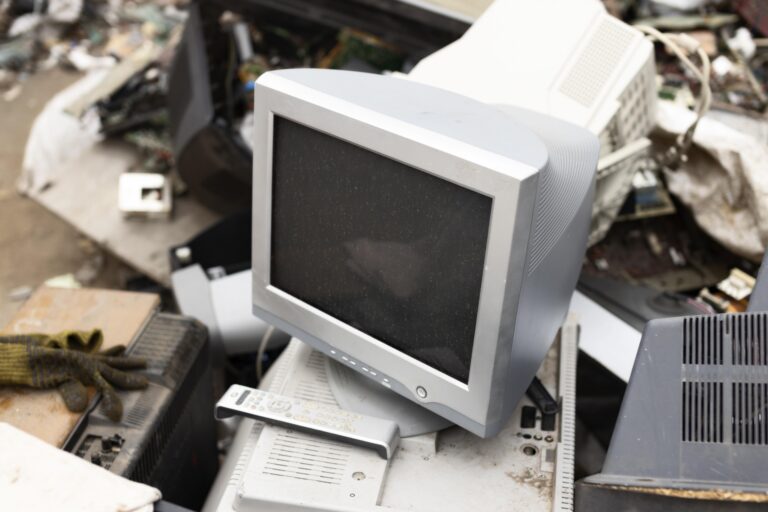Theme
Repairing electrical (household) appliances with peers for the community
Activity Duration
4 – 8 hours
Group Size
5 – 10 students
Objectives
- Practical skills:
Students learn how to repair various items, such as electrical appliances,
clothing, furniture and bicycles. - Problem solving:
By working on various repairs, students develop their ability to analyse
problems and come up with creative solutions. - Sustainability:
Students gain insight into the importance of sustainability and reducing
waste by repairing items instead of throwing them away. - Collaboration and communication:
Working in a team and helping visitors improves students’ collaboration
and communication skills. - Confidence and satisfaction:
Successfully repairing items and making people happy gives students a
sense of satisfaction and self-confidence. - Community spirit: Students contribute to the community by helping
others and learn the importance of volunteering and community
involvement.
Description
Preparation (1 hour)
– Setting up the space: Students arrange tables and chairs, place tools and
materials in the right spots, and ensure a clear layout of the space.
– Briefing: A short briefing to assign tasks and review safety rules.
Reception and Intake (1 hour)
– Welcoming visitors: Students greet visitors and register the broken items
they have brought.
– Intake conversation: Students have a brief conversation with visitors to
understand what needs to be repaired and note any specific details.
Repair Session (4-6 hours)
– Diagnosis and repair: Students work in teams to examine and repair the
broken items. This can range from fixing electrical appliances and bicycles
to mending clothes and furniture.
– Collaboration and learning: Students help each other and learn from each
other’s skills. There is room for consultation and knowledge sharing.
– Breaks: Regular short breaks to relax and discuss progress.
Conclusion (1 hour)
– Final check: Students check the repaired items to ensure they are
functioning properly.
– Feedback and evaluation: A joint evaluation where students give and
receive feedback on the repairs and collaboration.
– Cleanup: Tidying up the space and storing tools and materials.
Additional Activities
– Workshops: Short workshops or demonstrations on specific repair
techniques.
– Networking: Time for students to network with each other and with
visitors and share experiences.
This schedule provides a structured approach for a Repair Café and ensures that students not only develop practical skills but also collaborate and contribute to the community.
Materials/Tools
Basic Necessities
– Tables and chairs: For workstations and to welcome visitors.
– Extension cords and power strips: For connecting electrical appliances.
Tools
– Screwdrivers: Various types and sizes, including Phillips and flathead.
– Pliers: Such as combination pliers, wire cutters, and needle-nose pliers.
– Wrenches: Allen wrenches, open-end wrenches, and socket wrenches.
– Hammer and nails: For general repairs.
– Glue gun and glue sticks: For bonding different materials.
– Sewing and repair kit: Including needles, thread, scissors, and pins for mending clothes.
– Multimeter: For testing electrical circuits and devices.
Specific Materials
– Spare parts: Such as screws, bolts, nuts, fuses, and cables.
– Repair manuals: For various types of devices and items.
– Cleaning supplies: Such as alcohol, wipes, and brushes for cleaning parts.
Safety Equipment
– Safety glasses: To protect eyes during repairs.
– Gloves: For protection against sharp edges and electrical shocks.
– First aid kit: For minor injuries and accidents.
Other Necessities
– Notepads and pens: For taking notes and keeping track of repairs.
– Information boards: To inform visitors about the different stations and repairs
Space (indoor, outdoor,
settings…)
Indoor
Structures/steps (timing)
Preparation (1 hour)
• Setting up the space: Students arrange tables and chairs, place tools and materials in the right spots, and ensure a clear layout of the space.
• Briefing: A short briefing to assign tasks and review safety rules.
Reception and Intake (1 hour)
• Welcoming visitors: Students greet visitors and register the broken items they have brought.
• Intake conversation: Students have a brief conversation with visitors to understand what needs to be repaired and note any specific details.
Repair Session (4-6 hours)
• Diagnosis and repair: Students work in teams to examine and repair the broken items. This can range from fixing electrical appliances and bicycles to mending clothes and furniture.
• Collaboration and learning: Students help each other and learn from each other’s skills. There is room for consultation and knowledge sharing.
• Breaks: Regular short breaks to relax and discuss progress.
Conclusion (1 hour)
• Final check: Students check the repaired items to ensure they are functioning properly.
• Feedback and evaluation: A joint evaluation where students give and receive feedback on the repairs and collaboration.
• Cleanup: Tidying up the space and storing tools and materials.
Additional Activities
• Workshops: Short workshops or demonstrations on specific repair techniques.
• Networking: Time for students to network with each other and with visitors and share experiences.
This schedule provides a structured approach for a Repair Café and ensures that students not only develop practical skills but also collaborate and contribute to the community.
Evaluation System/Tools
Guiding Questions: Use questions to prompt deeper thinking, such as:
o What went well and why?
o What challenges did you face and how did you address them?
o How did you feel during the activity?
o What did you learn about your skills and teamwork?
o How can you apply what you learned in future activities?
Group Discussion
• Share Reflections: Have a group discussion where students share their reflections. This can provide different perspectives and insights.



